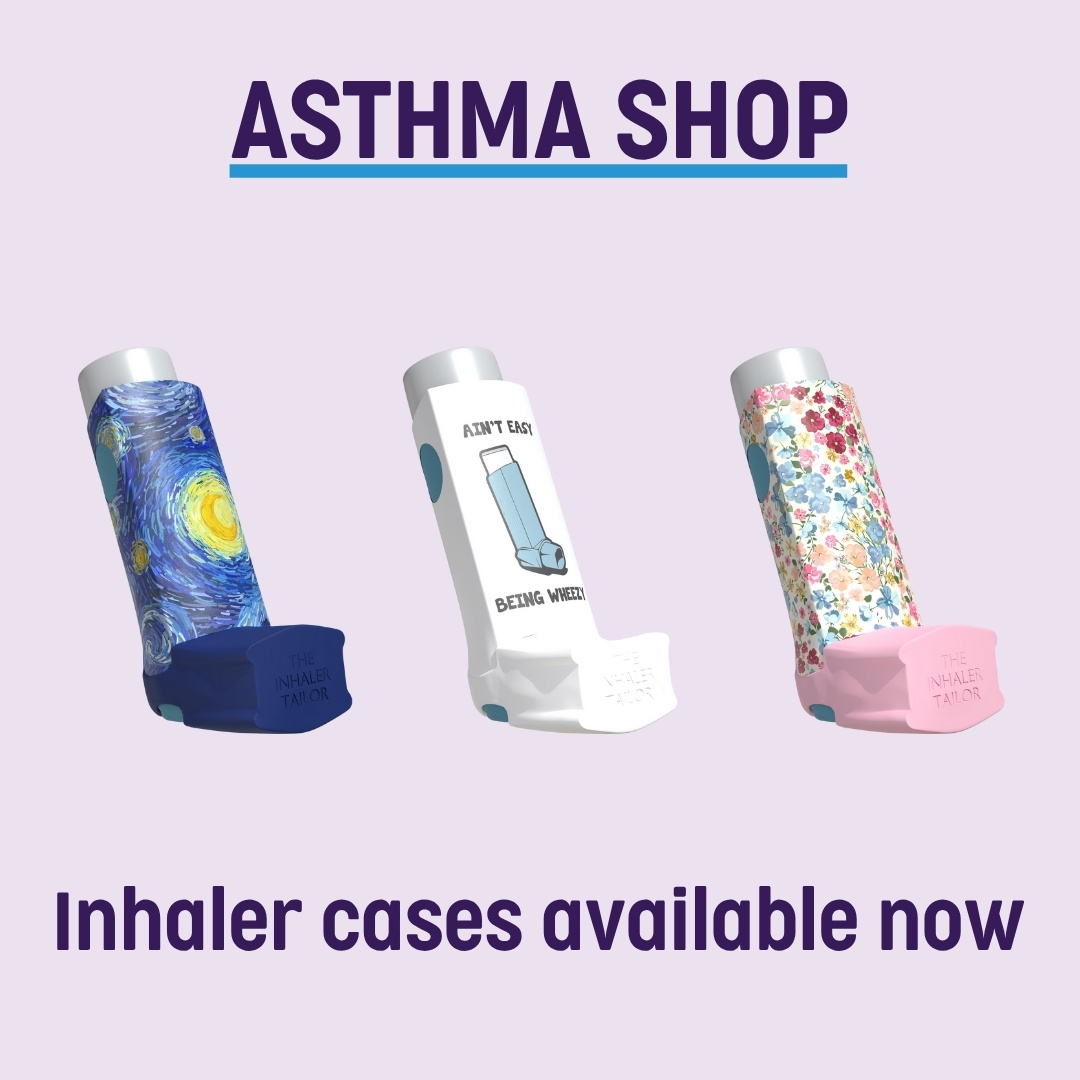VicEmergency has today issued a moderate thunderstorm asthma warning for the East Gippsland, Northern Country and Mallee regions. Asthma Australia is encouraging people with asthma or hay fever to take early steps to protect their health.
Thunderstorm asthma can occur when rye grass pollen peaks and storms drive tiny pollen fragments into the air we breathe. These particles can trigger sudden and severe breathing problems, even in people who have never been diagnosed with asthma.
Dr Chris Pearce, GP and Asthma Australia Board Member, said early preparation is critical.
“For people with asthma, thunderstorm asthma can escalate quickly and be life-threatening. Now is the time to check your asthma control with your GP, use your preventer as recommended, and make sure you have an up-to-date Asthma Action Plan to guide what to do if symptoms worsen.”
He also highlighted changes in best practice for reliever use.
“Many people carry a blue reliever inhaler when they go out, but best practice has evolved. The latest asthma guidelines recommend using anti-inflammatory relievers, which combine preventer and reliever medicines, rather than relying on a blue reliever inhaler alone.”
Dr Pearce also warned that hay fever can increase vulnerability during these events.
“People with hay fever can also be affected, even if they’ve never been diagnosed with asthma. Anyone who wheezes, coughs at night, or feels short of breath when pollen counts are high should see their GP for an asthma assessment.”
He also reminded people to stay informed by checking daily pollen and storm forecasts, such as those available through the AirRater App.
Who is at risk?
- People with asthma, particularly if it is poorly controlled;
- People with asthma symptoms, even if undiagnosed (e.g. wheeze, shortness of breath, night coughing);
- People with hay fever (especially triggered by ryegrass pollen);
How Victorians can prepare
Asthma Australia recommends the following steps:
- Check your asthma control – Book a review with your GP, ensure your preventer is used at least daily as prescribed and have an up-to-date Asthma Action Plan.
- Keep your reliever close by
- Manage hay fever – Take recommended treatments to reduce sensitivity to pollen, including nasal steroids.
- Stay informed daily:
- National Pollen Forecast Service: https://www.PollenForecast.com.au
- AirRater app: airrater.org
- Be prepared during storms – On high pollen and storm days, stay indoors where possible, close windows and doors, and keep your reliever inhaler handy.
More information
For resources and support, visit asthma.org.au or call 1800 ASTHMA (1800 278 462) to speak with an Asthma Educator.
For more information:
Contact Rebecca Haddock, 0493486262
ABOUT
Asthma Australia is the nation’s peak body representing nearly 2.8 million Australians living with asthma. We’ve been here since 1962 and even though a lot has changed since then, asthma continues to claim a life each day and is the number one health condition burdening Aussie children. Asthma is an inflammatory condition of the airways, restricting airflow and can be fatal. There is no cure, but most people with asthma can experience good control.





 1800 278 462
1800 278 462



